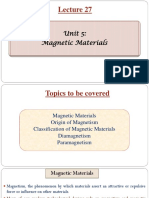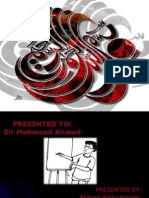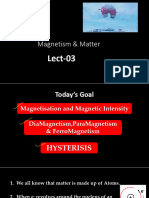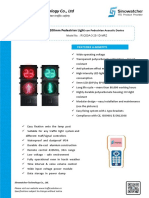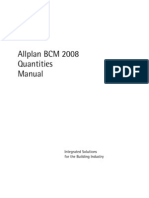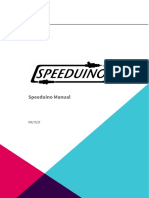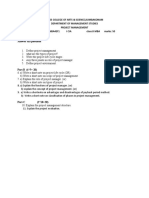0% found this document useful (0 votes)
52 views13 pagesPhysics Project
This project explores the magnetic properties of materials, categorizing them into diamagnetic, paramagnetic, and ferromagnetic based on their electron configurations and responses to magnetic fields. It includes definitions, examples, properties, applications, and a laboratory experiment to differentiate between these types of materials. The study highlights the importance of understanding magnetism for advancements in technology and scientific instruments.
Uploaded by
nandinidpillaiCopyright
© © All Rights Reserved
We take content rights seriously. If you suspect this is your content, claim it here.
Available Formats
Download as DOCX, PDF, TXT or read online on Scribd
0% found this document useful (0 votes)
52 views13 pagesPhysics Project
This project explores the magnetic properties of materials, categorizing them into diamagnetic, paramagnetic, and ferromagnetic based on their electron configurations and responses to magnetic fields. It includes definitions, examples, properties, applications, and a laboratory experiment to differentiate between these types of materials. The study highlights the importance of understanding magnetism for advancements in technology and scientific instruments.
Uploaded by
nandinidpillaiCopyright
© © All Rights Reserved
We take content rights seriously. If you suspect this is your content, claim it here.
Available Formats
Download as DOCX, PDF, TXT or read online on Scribd
/ 13



















